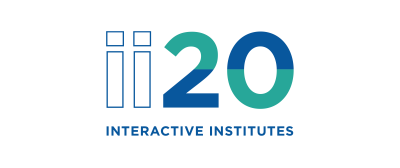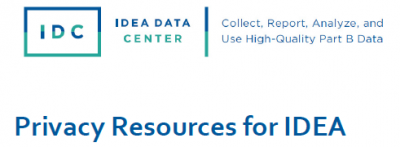
Resource Library
Guides. Briefs. Toolkits. Quick reference information. IDC and its partners created these data quality resources to help states better prepare to address their existing or emerging IDEA data quality needs. Use our search and filtering tools to navigate the library.
Resources 43 - 49 of 88
Format: Applications and Spreadsheets
Business Rules Documentation ProtocolThe Business Rules Documentation Protocol is a customizable Excel template that states can use for documenting, recording, and communicating existing business rules or data quality validation checks they perform during the collection and validation of IDEA Part B data.
Format: Toolkits
Data Meeting ToolkitThe Data Meeting Toolkit is a suite of tools that groups can use to guide conversation around data and support data-based decisionmaking. The toolkit provides resources to support success before, during, and after data meetings.
Format: Quick Reference
618 Data Collection and Submission TimelineA graphic illustrating how different IDEA data collections can span multiple years and how a state may be working simultaneously with data from multiple school years.
Format: Quick Reference
Due Dates for SY 2022-23 IDEA DataIDC updates this list of EDFacts Submission System (ESS) files and EMAPS submissions due dates for SY 2022-23 so you don't have to! Download it and pin it to your refrigerator where it'll help you stay cool.
Format: Quick Reference
Frequently Used Terms and AcronymsDo you confuse your OMB MAX for your EMAPS? Has your SLDS slid into your SSIP? If so, this list is for you. Keep the alphabet soup organized with our handy Frequently Used Acronyms and Terms resource, downloadable for your convenience.
Format: Trainings
OSEP Straight TalkThis OSEP Straight Talk plenary at IDC’s 2020 Interactive Institute in Fort Worth this past March presented information on how to access Coronavirus guidance from the Centers for Disease Control and the Readiness Emergency Management for Schools Technical Assistance Center. The presentation offered a look at what’s new at OSEP and featured updates on major OSEP initiatives and work of OSEP’s Research to Practice and Monitoring and State Improvement Planning divisions. Participants learned about resources on restraint and seclusion; OSEP’s release of 10 new 618 data files; current investments to support data use; and how to access the OSEP TA&D network. They also learned about key OSEP efforts related to the SPP/APR, differentiated monitoring and support, state Part B and Part C grant applications, and the new significant disproportionality reporting form.
Format: Quick Reference
Privacy Resources for IDEAThis tool provides a list of privacy resources for IDEA.








